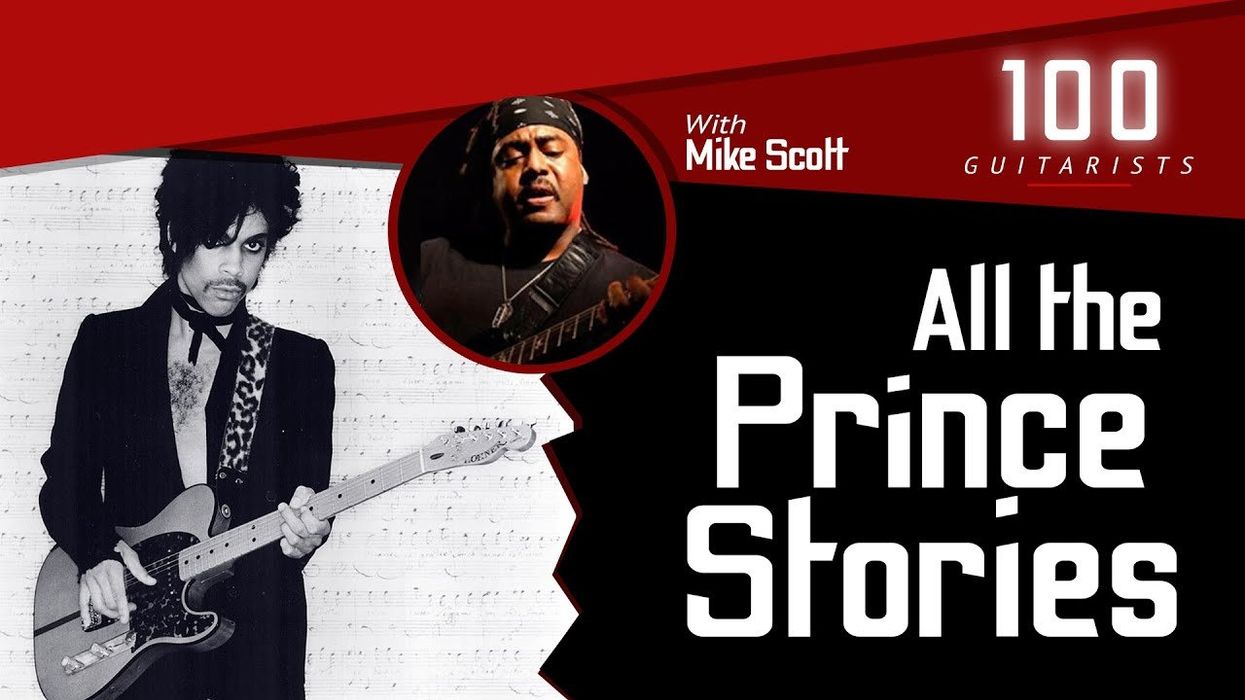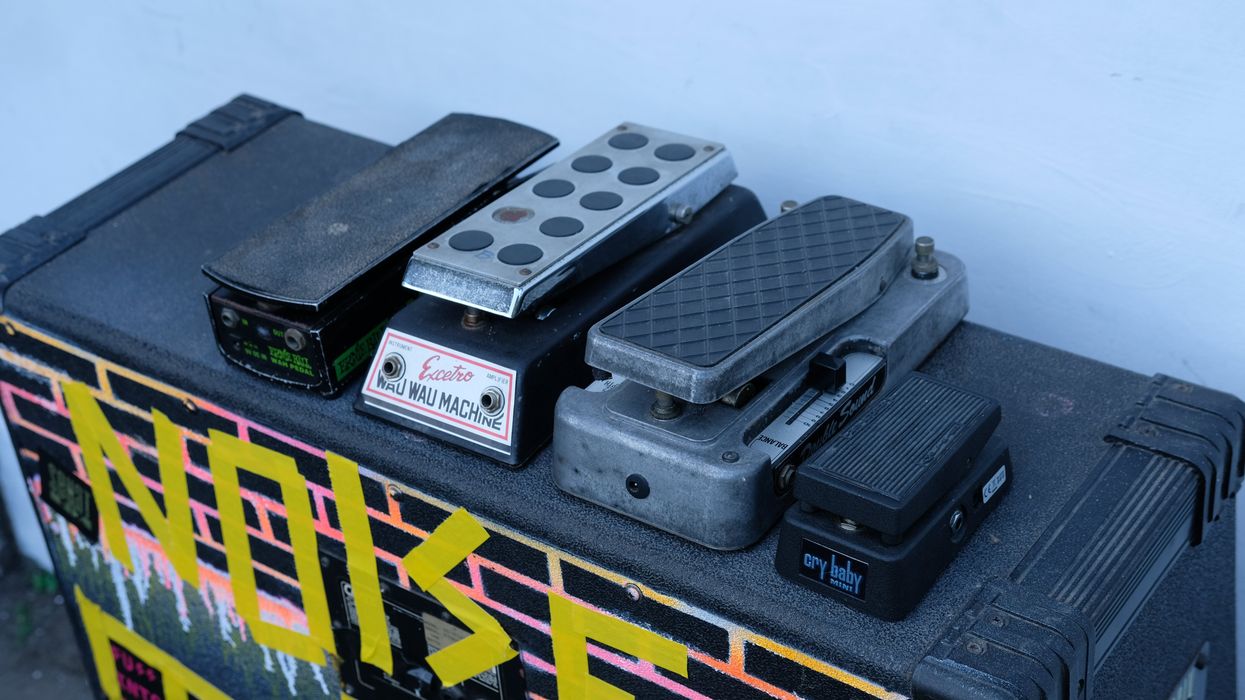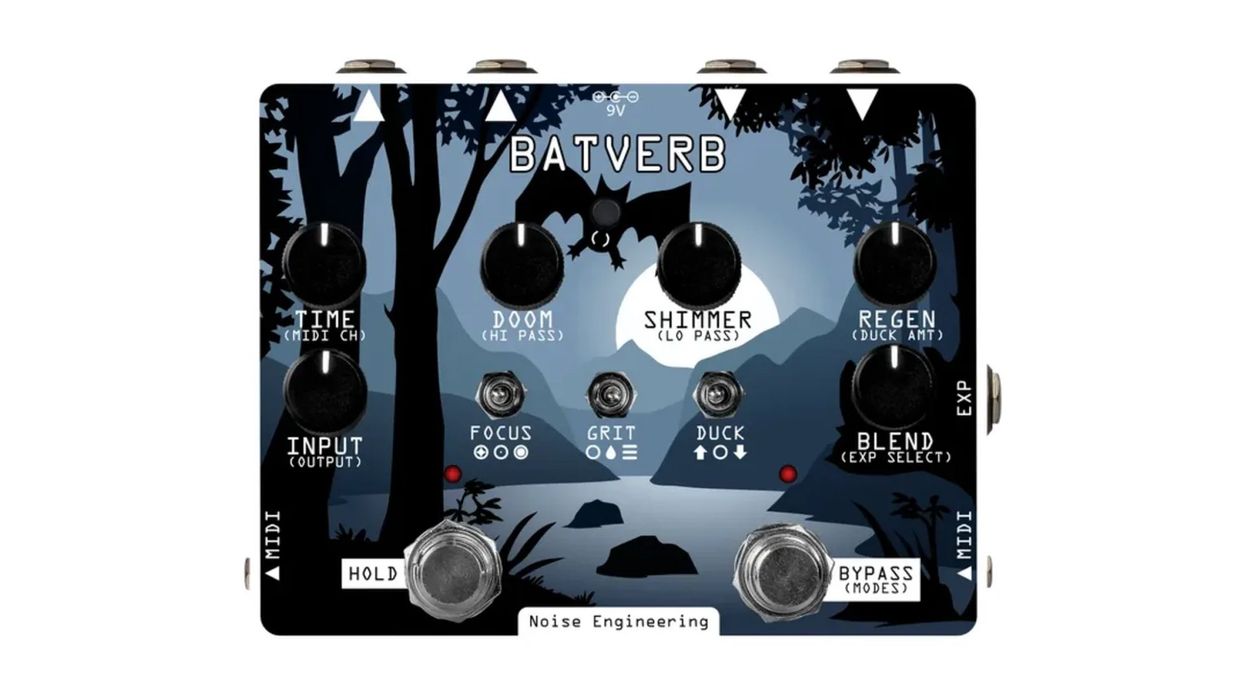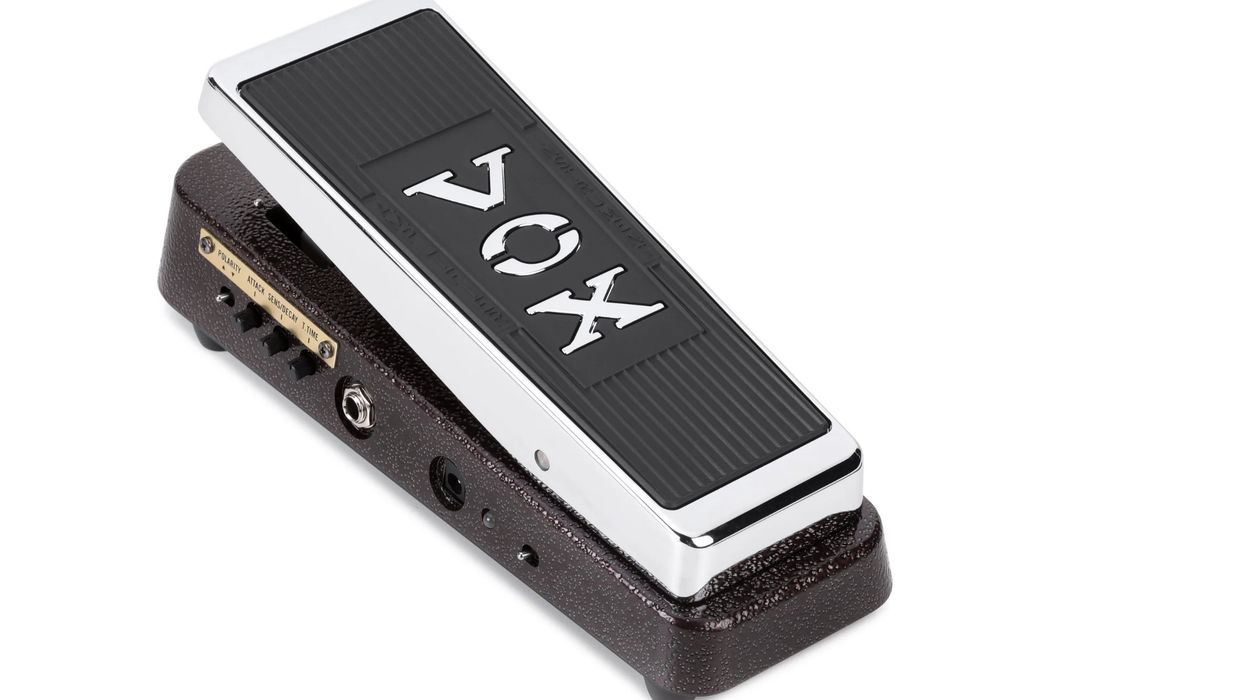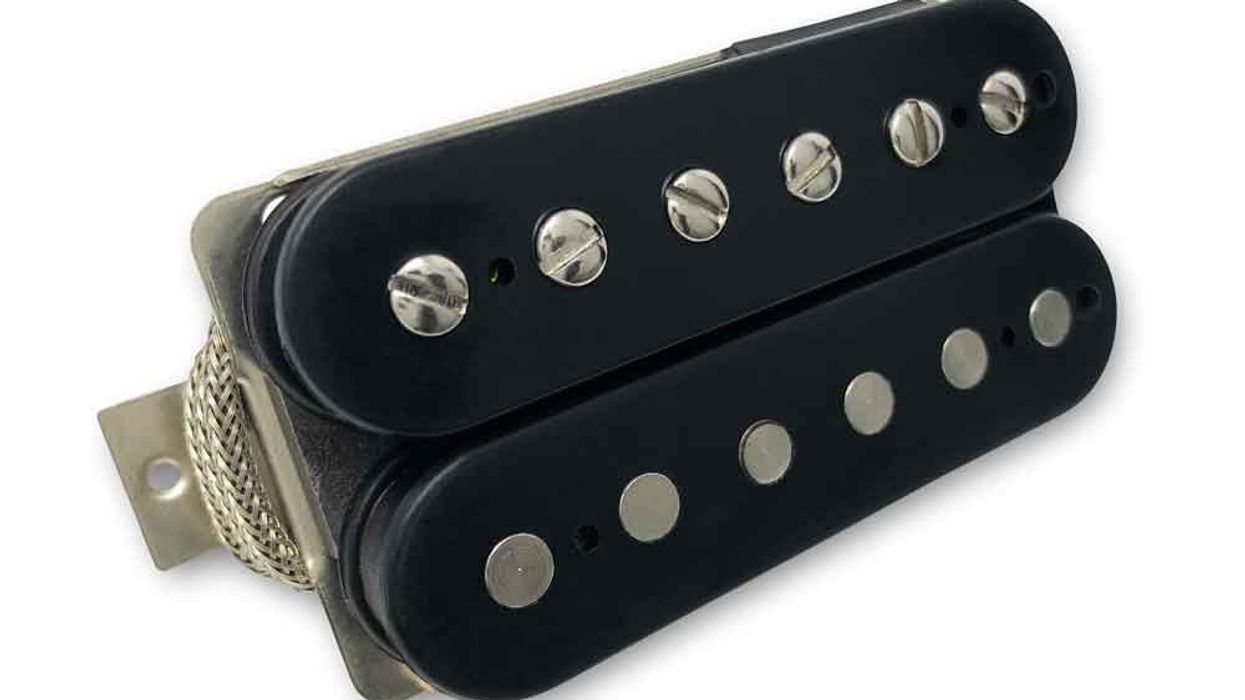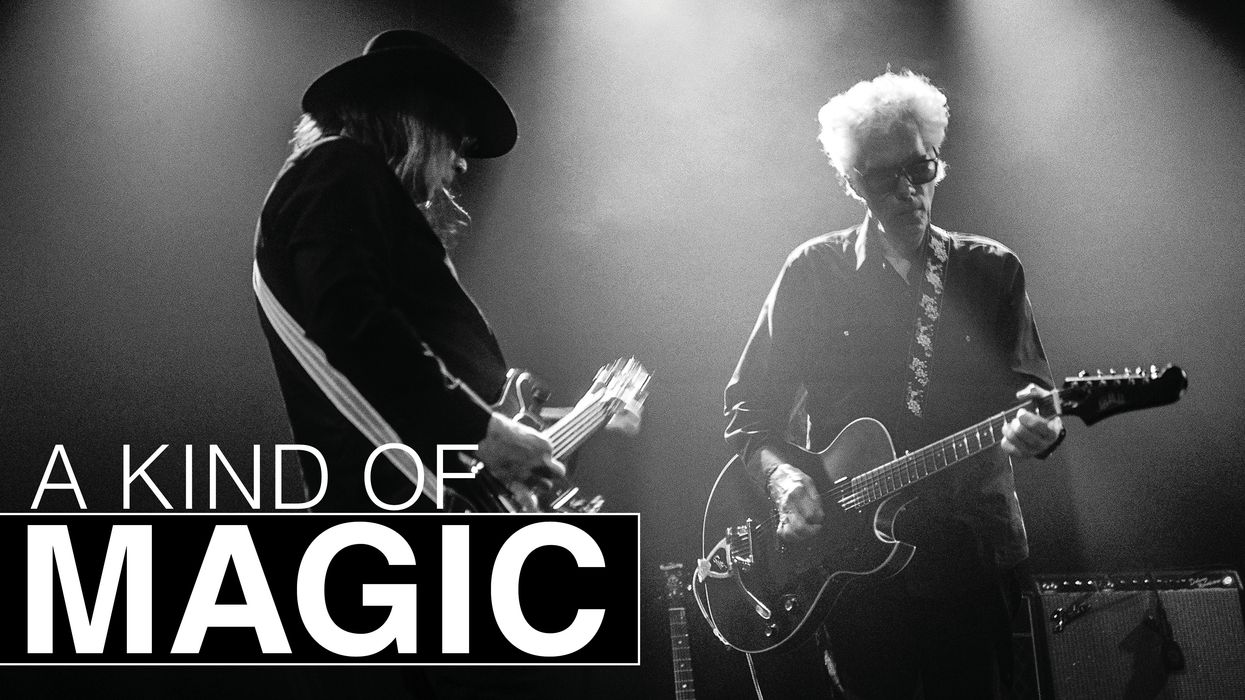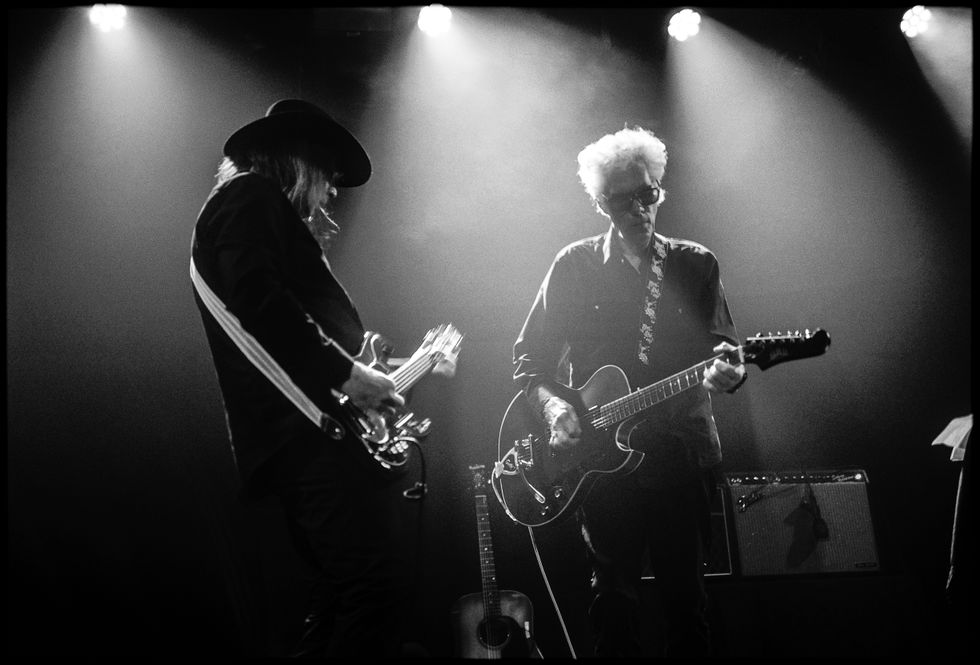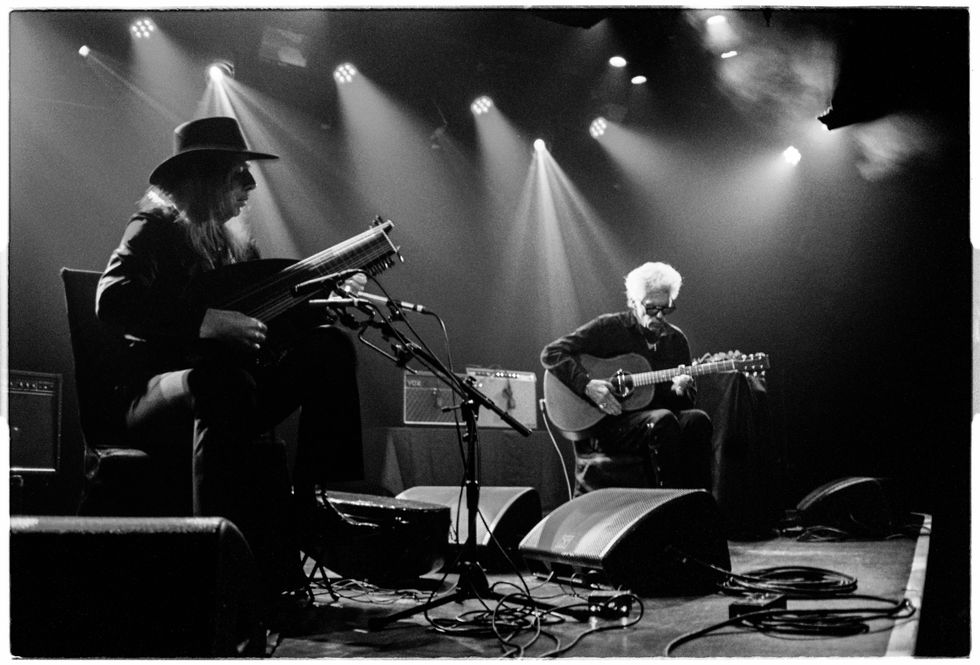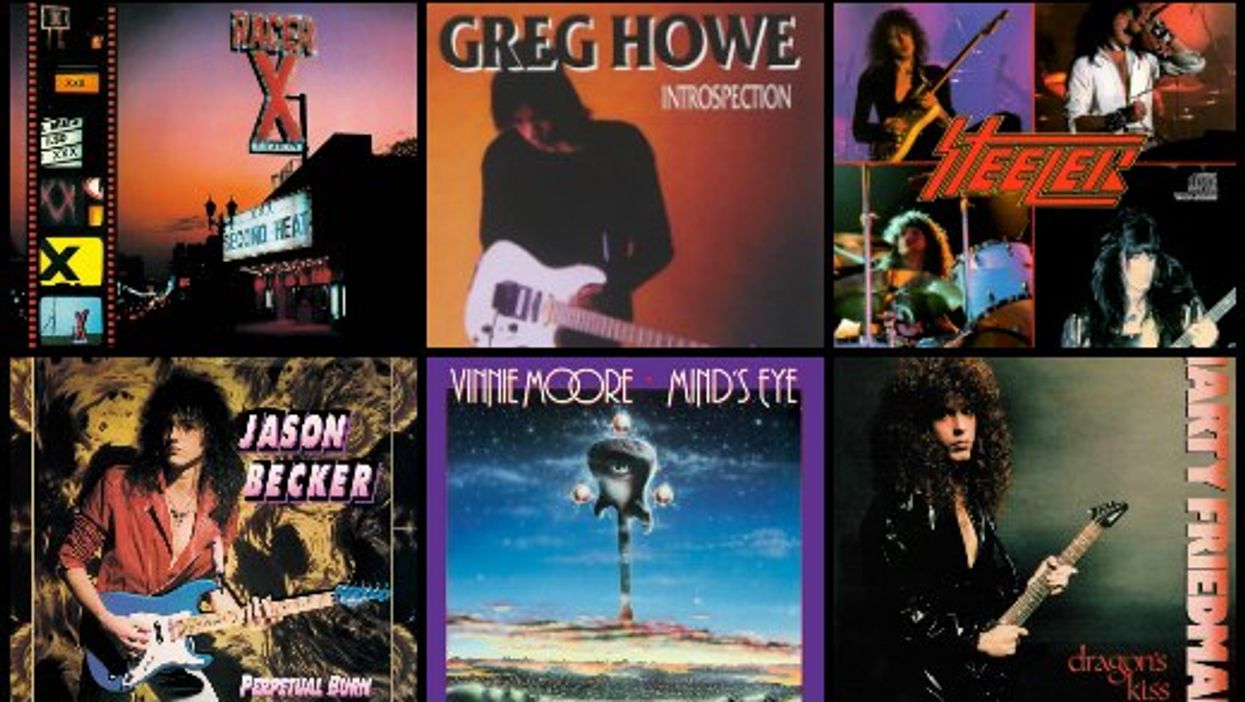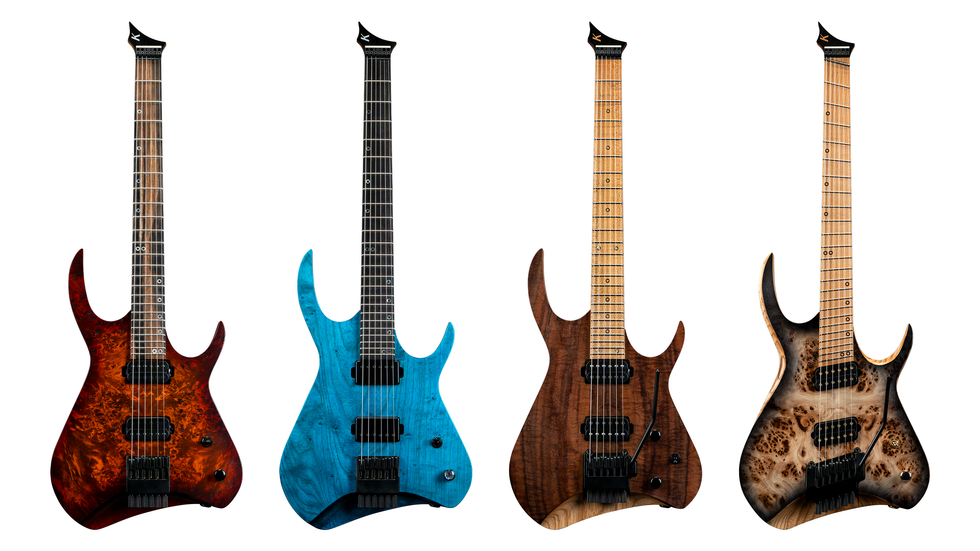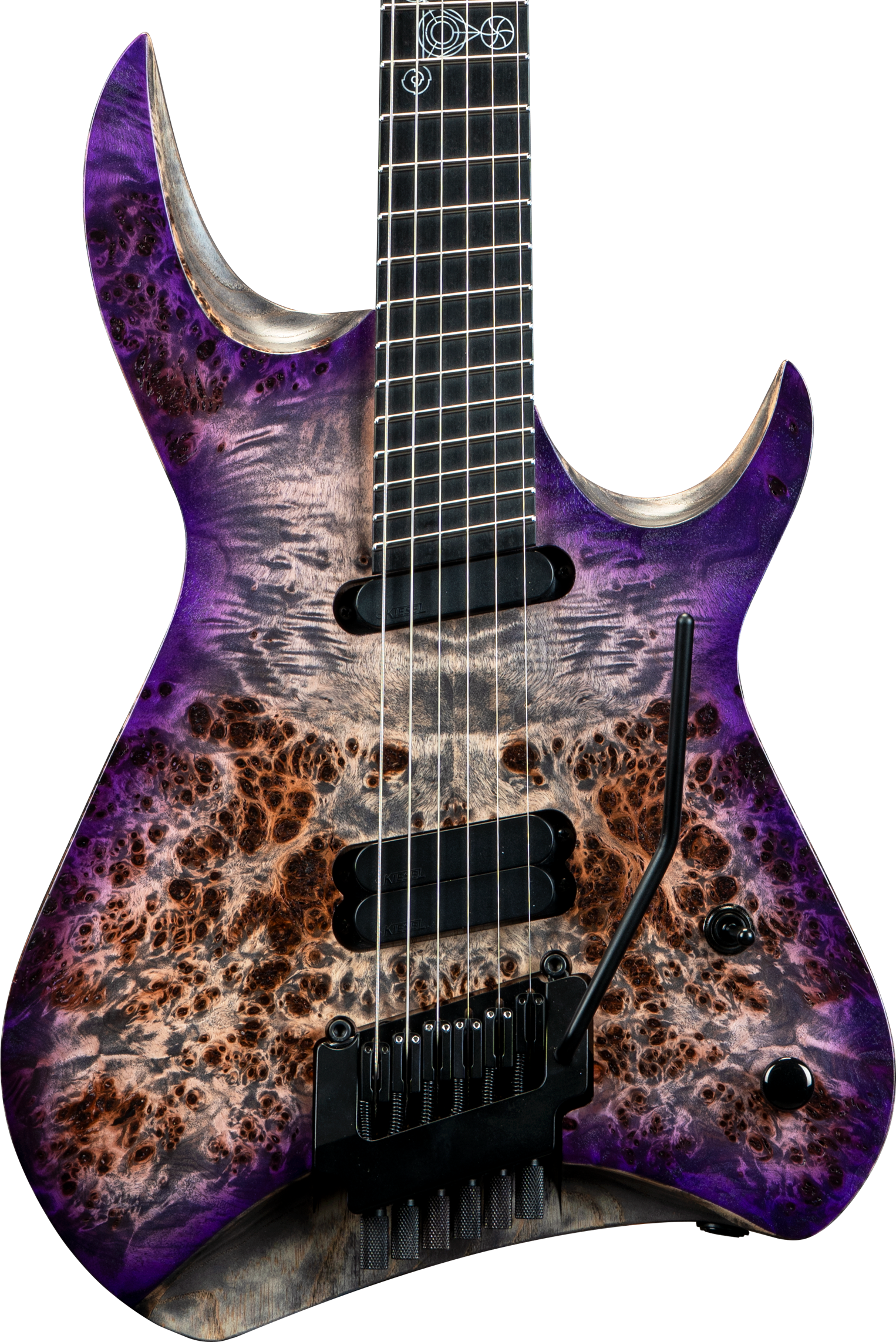 Have you ever carefully listened to the tonal changes that have happened to an instrument, for example, when you’ve bought a secondhand guitar that has been refretted? Like an old Stratocaster that the former owner had decided to put larger frets on, instead of refretting it with the original size frets? This change alone can have huge consequences in the tone of the guitar.
Have you ever carefully listened to the tonal changes that have happened to an instrument, for example, when you’ve bought a secondhand guitar that has been refretted? Like an old Stratocaster that the former owner had decided to put larger frets on, instead of refretting it with the original size frets? This change alone can have huge consequences in the tone of the guitar. Anytime you increase the fret size, the tone of your instrument will be altered– keep in mind that this might not be a bad alteration. These days there are a lot of choices in fretwire – I believe the biggest fret, in terms of sheer height, is the #6000 size. Some of these frets feel like railroad ties when you slide your fingers down the neck. The smallest frets are the type you’ll find on “Fretless Wonder” Les Paul Customs – stock on the mid-1950s and late ‘60s reissue models – or stock Gretsch guitars.
These small frets have several telling traits. The first is that they will be harder to bend strings on due to the low fret height. Secondly, the guitar’s action will be really low. Put these two factors together and you’ll have to seriously adjust your playing style to deal with them. Many players who bought the “Fretless Wonders” immediately went out and had these frets changed out for larger ones. The result was a fatter sound and the player could now bend strings without much thought at all.
Of my two Les Pauls, one of them has the usual Gibson frets that are known as “medium jumbo” style frets, which work very well for the “standard” Les Paul sound, while my other Les Paul has 6105 frets all the way down the neck. The 6105 is a tall fret (almost as tall as the 6000 size) but quite a bit narrower in width. These are great for getting the added pluses of string bendability and a thicker, meatier sound too. Guitarists that do a lot of bending, such as blues and fusion players, should definitely check out these bigger options.
For Stratocasters, fret choice is even more pronounced because you have (traditionally) single-coil pickups which are more sensitive to tonal changes, due to any alterations. I have one Stratocaster with a “compound fret job,” which means that for the first lower octave (the first 12 frets) I chose to use the tallest and widest frets available at that time (#6100), and subsequently installed some 6105s for the second octave (above the 12th fret). My reasoning was since I have thick fingers, the 6105s would be easier to play, because they would fit my fingers better as I moved higher. And, interestingly enough, I could definitely hear the shift in tone when crossing the octaves. The sound was slightly brighter moving into the 13th fret position, from the 11th fret right before. Just as a side note, I use other Stratocasters in my collection with the smaller stock frets when I want the straight classic Fender sound. Indeed, the frets make a significant difference in your tone!
You may have noticed the recent availability of stainless steel frets. What about those? How do they affect your sound? In my own experience, I found the stainless steel frets quite bright – too bright in fact for my tastes, so I will stay with the tried and true nickel-silver versions. I’ve also noticed that the stainless frets tend to be really slippery. Of course, with my opinion stated, these newer stainless steel frets might do wonders for you and your own playing style. You may love their ability to brighten up your tone, and it is true that they have a longer life span, as compared with other nickel-silver frets.
I will finish this month’s installment with a quick thought regarding frets. Many years ago, I was getting one of my Stratocasters worked on by a really great repairman. He was watching me play for more than a few minutes. I couldn’t figure out why until he asked me if I could hand him my guitar. I obliged and handed it over to him when he suddenly said, “Oh, now I see why you don’t wear your frets out!” He then informed me that since I played all over the neck (a result of being a jazz guitarist from a very young age), the frets were being worn away so evenly that it was difficult to see any wear at all. He commented that this was also the result of a very light touch, so remember that no matter which fret style you go with, touch has a tremendous influence on your tone! We’ll see you next month.
Dean Farley
Dean Farley is the chief designer of "Snake Oil Brand Strings" (www.sobstrings.net) and has had a profound influence on the trends in the strings of today
